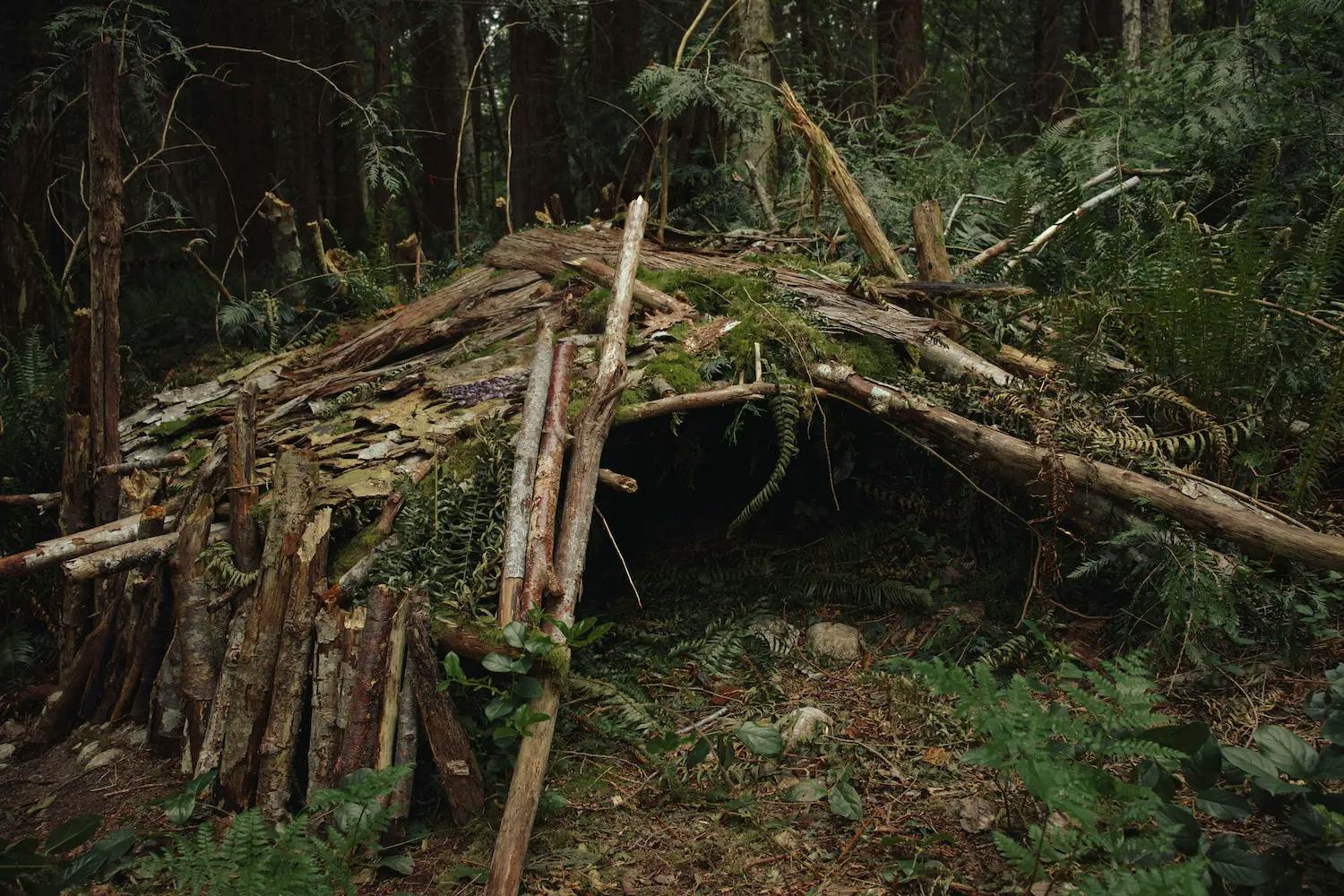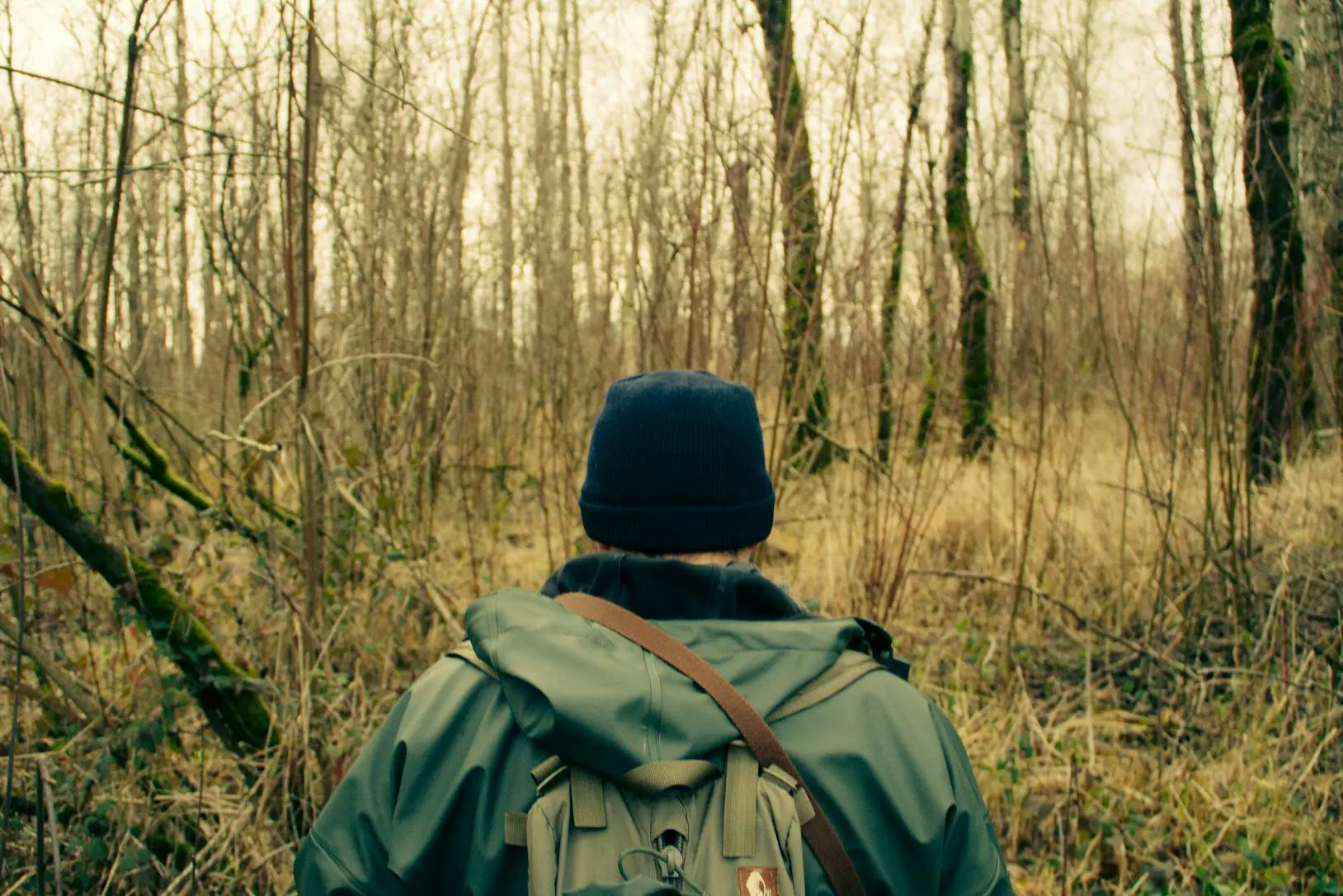Struggling to Cut: The Challenge of Removing Trees Close to Tow Ropes
- Published on
When it comes to survival, prepping, or camping, cutting down trees may be a necessary task. Whether you're clearing an area for a shelter, creating a firewood supply, or trying to create a signal for potential rescuers, understanding the best practices for cutting down trees close to tow ropes is critical for your safety and success.
The Challenge
In many survival or camping situations, you may find yourself in a position where you need to cut down a tree close to a tow rope. This scenario presents unique challenges, as misjudging the direction of the tree's fall can cause damage to the rope or compromise your safety.
Safety First
Before tackling the task of cutting down a tree close to a tow rope, it's crucial to prioritize safety. Assess the condition of the tree, looking for signs of rot, termite damage, or structural weaknesses. If the tree shows any of these signs, it may be unstable and require careful planning to fell safely.
Planning Your Approach
Proper planning is essential when cutting down a tree close to a tow rope. Identify the natural lean of the tree and determine the direction you want it to fall. Clear the area around the tree of any obstacles that could interfere with the felling process or cause a hazard.
Tow Rope Protection
To protect the tow rope from damage during the tree-cutting process, it's advisable to use a rope protector. A rope protector acts as a buffer between the tree and the tow rope, reducing the risk of abrasion or cutting. This simple yet effective tool can help preserve the integrity of your tow rope and ensure it remains functional after the tree has been felled.
Tools of the Trade
Selecting the right tools for the job is essential. A reliable chainsaw with a sharp blade is ideal for cutting down trees, but in a survival scenario, you may need to rely on a handsaw or axe. Whichever tool you use, make sure it's well-maintained and suited to the task at hand.
Cutting Techniques
When it's time to make the cut, approach the task with caution and confidence. Start by making a horizontal cut, known as the undercut, on the side of the tree facing the desired falling direction. This cut should not extend beyond one-third of the tree's diameter and should create a flat surface for the tree to fall against.
After the undercut is complete, move to the opposite side of the tree and make a diagonal cut, known as the backcut, slightly above the level of the undercut. This cut should create a hinge that guides the tree in the intended falling direction.
The Release
As the backcut progresses, be prepared to evacuate the area along the planned escape route, ensuring that everyone involved in the operation is at a safe distance from the falling tree and tow rope. Maintain clear communication with any individuals assisting in the process and be sure to use codified signals to indicate the start and completion of each step.
Pro Tips
- Maintain a keen awareness of your surroundings, including the position of the tow rope and any potential obstructions
- Keep an eye on the tree's movement and be prepared to react quickly if its fall deviates from the intended direction
- If working in a group, designate a lead operator to oversee the process and ensure a coordinated effort
Aftermath
Once the tree has fallen safely and the tow rope remains intact, inspect the rope and the surrounding area for any signs of damage. It's advisable to test the tow rope under a moderate load to ensure its continued reliability for future use. If the rope shows any signs of wear or weakness, it should be taken out of service and replaced to prevent any potential hazards during future operations.
Lessons Learned
In a survival, prepper, or camping scenario, the task of cutting down a tree close to a tow rope requires careful planning, precision, and a keen awareness of safety protocols. By prioritizing safety, using the right tools, protecting the tow rope, and executing proper cutting techniques, you can successfully fell a tree without compromising your resources or risking injury.
When faced with this challenge, it's essential to approach the task with respect for the inherent risks and to cultivate a mindset of preparedness and caution. With the right knowledge and approach, you can navigate the process of cutting down a tree close to a tow rope with confidence and skill, ensuring that you can effectively utilize your resources while mitigating potential hazards.
Remember that mastering this skill takes practice, so take every opportunity to hone your tree-cutting abilities in a controlled and safe environment before a survival situation arises.
For more information on survival techniques and gear, be sure to check out SurvivalistHQ for comprehensive resources and products that can support your outdoor ventures.
Stay safe, stay prepared, and keep honing those essential survival skills. Happy prepping!



